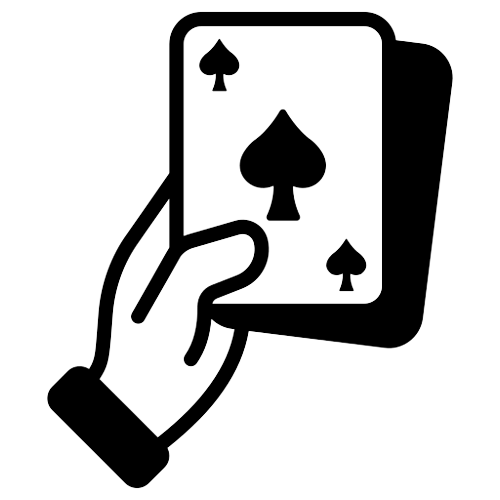| Number of Players | 2 to 6 players | 2 players | 2 to 6 players | 2 to 6 players |
| Deck Used | Standard 52-card deck | Standard 52-card deck | 52-card deck + 2 Joker cards | Two standard 52-card decks |
| Card Combinations | Sets (same rank, different suits) & Sequences (same suit, consecutive order) | Sets & Sequences (no Joker used in Gin Rummy) | Sets & Sequences (including Joker as wild card) | Sets & Sequences, typically with more wild cards |
| Objective | Form sets and sequences to discard all cards | Form valid sets and sequences to declare “Gin” | Form two sequences, one of which must be pure | Form sets and sequences, including wild cards |
| Winning Condition | Be the first to get rid of all cards | Form a “Gin” (all cards melded without remaining cards) | Complete two sequences, one pure sequence | Be the first to score 5000 points or more |
| Joker Usage | Optional, depending on variation | No Jokers | Jokers are wild and can substitute for any card | Multiple wild cards, including Jokers and 2s |
| Scoring | Points based on remaining cards after each round | Points for melding all cards, bonus for Gin | Points based on remaining cards and melds | Points based on melds, with wild cards being worth more |
| Melding Requirement | Must create at least one valid sequence to win | Must form a valid Gin hand to declare victory | Must form at least one pure sequence | Must form at least one set of 3+ cards |
| Draw/Pick Rules | Players can draw from stockpile or discard pile | Only pick from discard pile if no other option | Players can pick from stockpile or discard pile | Draw or pick, with more options due to wild cards |
| Game Duration | Typically 10-30 minutes per round | Typically 10-20 minutes per round | Can last longer due to more complex melds | Can last longer due to point accumulation |


